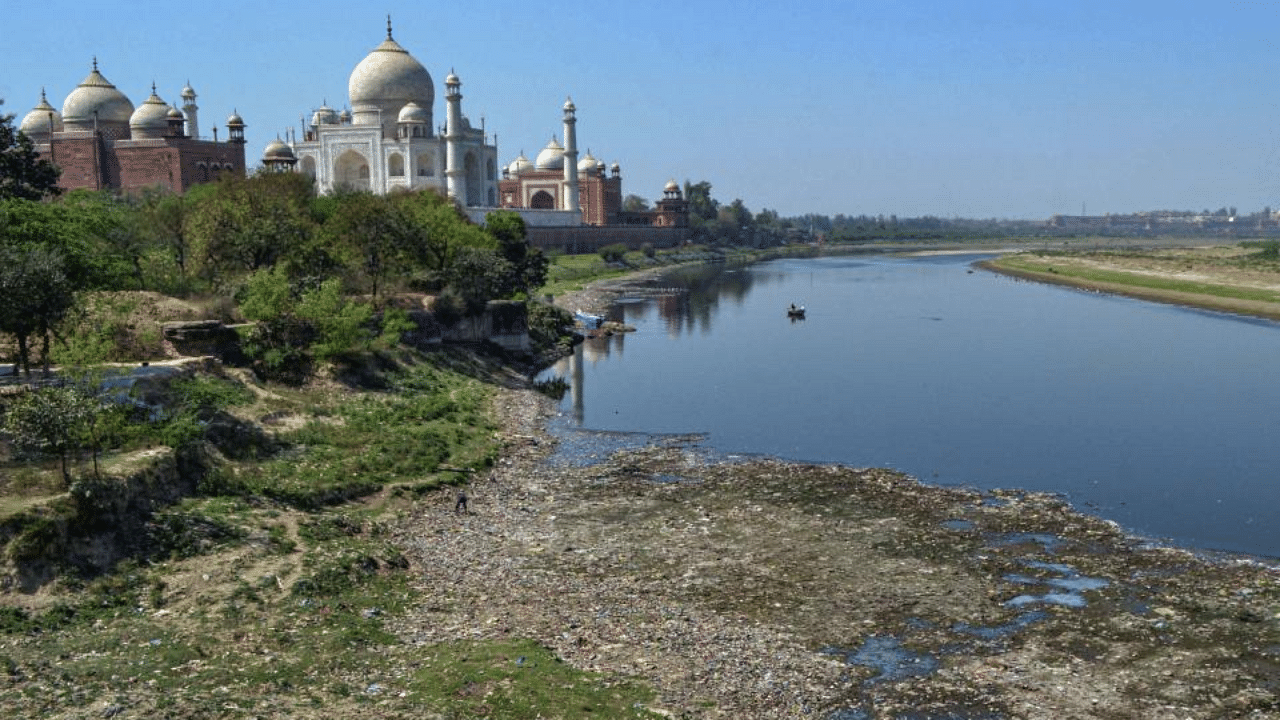
The Memorandum of Understanding (MoU) signed by the governments of Uttar Pradesh, Madhya Pradesh and the Centre to link the rivers Ken and Betwa is the first major initiative of the proposed countrywide river-linking project. Both are tributaries of the Yamuna and the plan is to transfer water from the Ken to the Betwa to take it to the water-starved Bundelkhand region. It is a multi-purpose project that is expected to help irrigate 10.6 lakh hectares in 13 districts in the two states, supply drinking water to more than 60 lakh people and generate 103 MW of power. There is also the promise of growth of fishing and tourism. Bundelkhand is a drought-prone area, and the long-discussed Rs 37,500-crore project has been presented as a remedy for its woes.
But there are serious reservations about and objections to the project from many quarters, including environmentalists and conservationists. A dam, which will be built in Panna district as part of the project, will submerge over 4,000 hectares of the Panna Tiger Reserve. The Ken Ghariyal Sanctuary will also be affected. Both are rich in biodiversity. The linking will impact water availability and rainfall patterns and destroy local ecosystems. Compensatory schemes have been promised but these have often not worked in other massive projects. There is an organic relationship between the rivers, their banks, the forests or the diverse natural formations along them and the fish and other forms of life that thrive in them. They form a complete ecosystem whose elements depend on and complement one another. Each river is different from the other. Their carriage capacities are different, they serve their ecosystems differently, the quality of water, including the minerals they contain, are different and they cater to different needs of the people on the banks. In short, a river is not just the water that it carries, and so the mechanical transfer of water from one river to another may have unexpected consequences.
The impact of such transfers has not been fully studied and understood. In fact, our knowledge about the country’s rivers and their basins is poor and inadequate. That is why there should be caution in tampering with the course of rivers or otherwise interfering with them. The weather at the micro-level is also influenced by them. These uncertainties have special relevance in times when concerns over climate change are rising. River-linking may seem like a great idea, but it should be realised that certain consequences of changes made in nature may turn out be harmful and irreversible. That is why most experts recommend low-cost, localised schemes instead of grand projects.